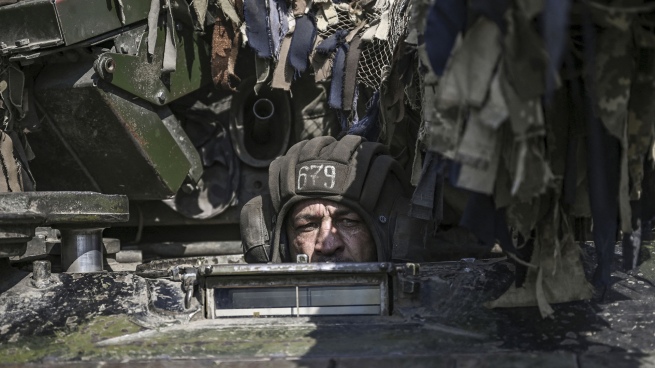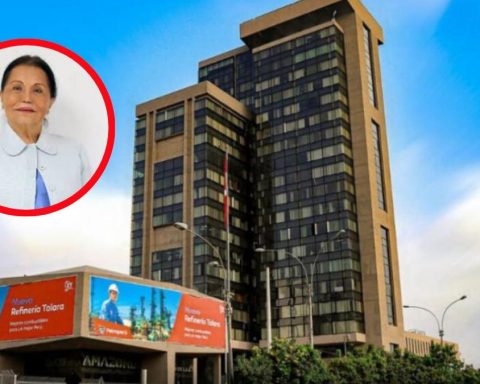The Russian army announced on Tuesday that it will organize a humanitarian corridor on Wednesday that will allow the evacuation of approximately 500 civilians entrenched in the Azot chemical factory, in Severodonetsk, a key city in eastern Ukraine that concentrates the armed clashes in the Donbass region.
“Guided by the principles of humanity, the Russian armed forces and the formations of the Lugansk People’s Republic are ready to organize a humanitarian operation for the evacuation of civilians,” the Russian Defense Ministry said, quoted by the AFP news agency.
The Russian ministry asked the Ukrainian forces to raise a white flag as a sign of acceptance of the proposal and asked them to end their “absurd resistance” in Azot.
The corridor will be in operation from 8 local time, it will be closed twelve hours later and will allow civilians to leave the plant for the city of Svatove, in the north of the Lugansk region and controlled by the Russian Army.
“The safe evacuation of all civilians, without exception, and their transfer as part of a humanitarian convoy to temporary emplacement areas is guaranteed,” said Colonel General Mikhail Mizintsev, head of Russia’s National Defense Control Center.
Severodonetsk has been the scene of violent clashes for several weeks between the Ukrainian army and Moscow forces, supported by pro-Russian separatists.
According to local Ukrainian authorities, more than 500 people are currently sheltering in the chemical plant, which has been bombed non-stop.
The supply of this site became difficult, but there are some reserves in the factory, the Ukrainian authorities stressed today.
The situation is reminiscent, although on a smaller scale, of the large Azovstal metallurgical complex in Mariupol, a port city in southeastern Ukraine, under Russian control since May after several weeks of siege.
Hundreds of civilians had taken refuge in the underground tunnels of the Azovstal plant, but they were trapped alongside the Ukrainian fighters in extremely difficult conditions.
Russia had announced humanitarian corridors several times to evacuate civilians, but the deals fell through. Moscow and kyiv accused each other of breaking it.
Secondly, Russian troops destroyed a third bridge connecting Severodonetsk with neighboring Lisichanskbut this key city in eastern Ukraine is not “isolated” and Ukrainian troops are not blocked, a local official said today.
“Massive shelling destroyed a third bridge, but the city is not isolated. There are communication routes, although they are complicated,” the mayor of Severodonetsk, Oleksandre Striuk, told a local television station.
“Russian troops are not giving up their attempt to control the city, but the military is resisting,” Striuk added.
The mayor narrated that in the last hours the combats continued in the streets of the periphery and that the situation changed every hour.
Severodonetsk is separated from Lisichansk by the Donets River.
The mayor also indicated that “between 540 and 560 people” remain sheltered in the underground tunnels of the Azot chemical factory, heavily bombed in recent days.
Supplies are “tight” but inside the plant there are “some reserves,” he said.
“The enemy is destroying our biggest company,” he added.
“The Russians try to surround” the Ukrainians in Severodonetsk, Lisichansk and in some nearby towns such as Privillia and Borivskeasserted for his part the regional governor, Serguei Gaidai, who affirmed that the Moscow forces received reinforcements from “two groups of tactical battalions”.
“The situation is very serious,” added the governor, who yesterday announced that the Ukrainian forces had left the center of Severodonetsk.
For Russia, controlling Severodonetsk -population 100,000- would pave the way to take over Kramatorskanother large city in the eastern Donbass region, an important stage in the conquest of the entire region, which had already been partly in the hands of Moscow-backed separatists since 2014.


















